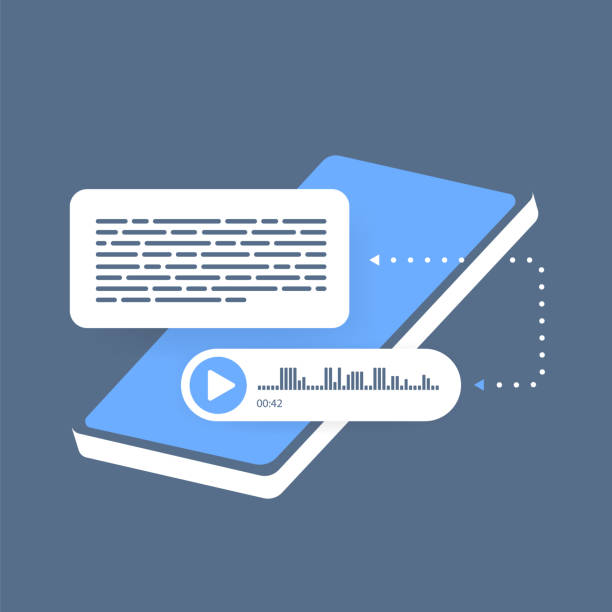The Invisible Struggle: Tackling Transcription Challenges Head-On
Transcription, the art of converting spoken language into written text, plays an integral role in various industries, facilitating accessibility, documentation, and content creation. However, this seemingly straightforward process is laden with a multitude of challenges that transcriptionists encounter on a regular basis. Understanding and navigating through these obstacles are crucial for delivering accurate, reliable, and high-quality transcriptions.
One of the foremost challenges in transcription lies in dealing with diverse audio sources. From deciphering accents and dialects to handling poor audio quality and background noise, transcriptionists often encounter hurdles that impede the clarity of the spoken word. Accents, regional nuances, and varying speech patterns pose significant difficulties, requiring careful attention and expertise to accurately transcribe the content.
Moreover, environmental factors and technical limitations contribute to the complexity of transcription. Background noise, overlapping conversations, and disturbances in audio recordings present formidable challenges. These obstacles demand specialized skills and advanced tools to enhance audio clarity and ensure precision in transcriptions.
The identification and differentiation of speakers in multi-speaker recordings or conversations add another layer of complexity. Distinguishing between speakers, especially in group discussions or interviews, requires keen attention to context, tone, and speech patterns to attribute the correct dialogue to each speaker accurately.
Furthermore, the rapid advancements in technology, while aiding transcription processes, also introduce their set of challenges. Speech recognition software and automated transcription tools, while efficient, may struggle with accuracy, especially in deciphering colloquialisms, technical jargon, or domain-specific terminology. Balancing the advantages of automation with the need for human intervention to ensure accuracy remains an ongoing challenge in the field of transcription.
The demand for quick turnarounds in transcription services presents yet another challenge. Meeting tight deadlines without compromising accuracy requires not only efficient workflows but also an in-depth understanding of the subject matter. Juggling speed and precision is a perpetual balancing act for transcription professionals.
Ethical considerations also come to the fore in transcription work. Confidentiality and privacy are paramount, particularly in fields like legal and medical transcription, where sensitive information is transcribed. Upholding confidentiality standards while delivering accurate transcripts adds a layer of complexity to the transcription process.
To tackle these challenges effectively, transcription professionals employ various strategies and tools. Specialized training, continuous skill development, and familiarity with diverse subject matters play a pivotal role. Additionally, utilizing advanced software, noise-canceling technologies, and collaborative platforms aid in overcoming technical obstacles and improving transcription accuracy.
Collaboration and communication between clients and transcriptionists are fundamental. Clear guidelines, feedback, and open communication channels facilitate a better understanding of expectations and contribute to delivering superior transcription results.
In conclusion, the landscape of transcription is a challenging yet rewarding terrain. Navigating through the complexities of accents, audio quality, speaker identification, technological advancements, and ethical considerations requires a blend of expertise, adaptability, and technological prowess. Overcoming these challenges is essential to deliver accurate, reliable, and impactful transcriptions that serve diverse industries and support various applications.

